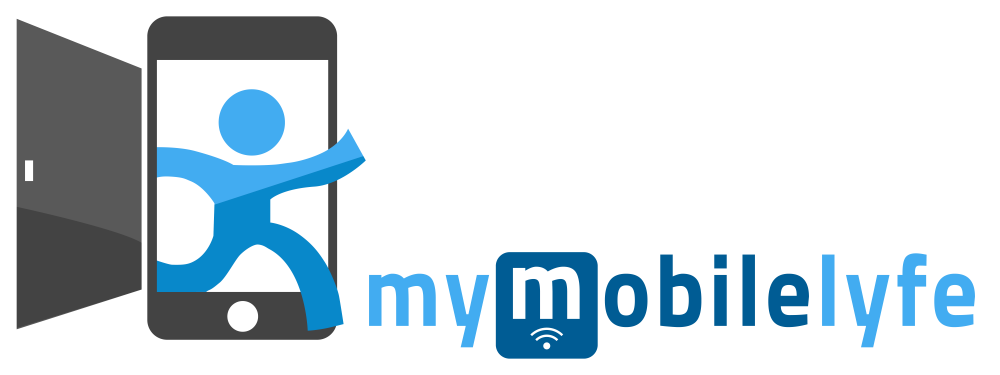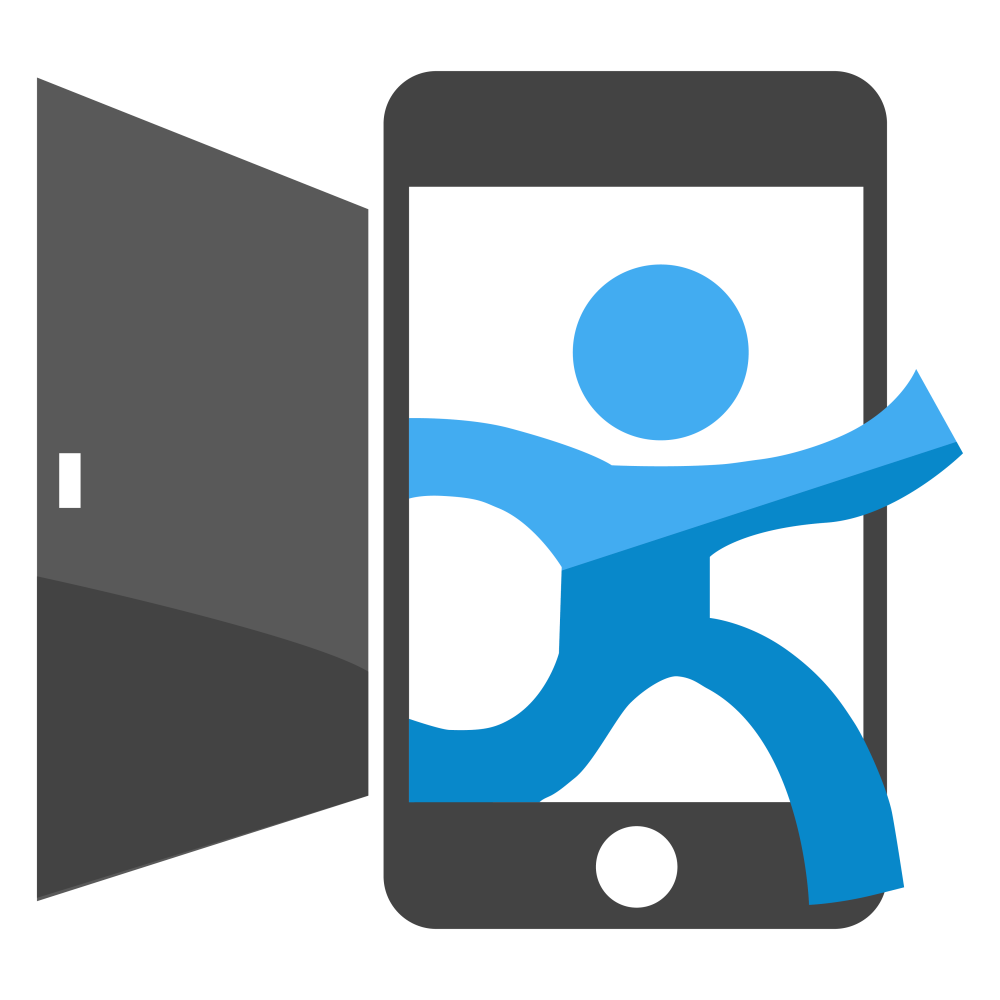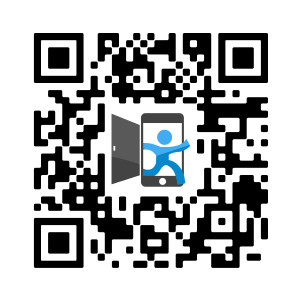Welcome to a better wireless underground.
Two of the largest subway systems in the country, New York and Chicago, are expanding the ability for mobile device owners to use their smartphones and tablets at transit stations. The days of a dropped phone signal as you enter a subway station are going the way of the token, thanks to improved technology and wireless infrastructure.
In New York, the nation’s largest subway system, the Metropolitan Transit Authority is adding wireless and Wi-Fi service to 11 stations in midtown Manhattan, including Grand Central Terminal, Herald Square and Bryant Park, and stations in the borough of Queens. The MTA launched wireless and Wi-Fi service at 36 subway stations last year, among them Times Square, and according to TransitWireless.com, the Wi-Fi network served 2.6 million connections throughout the year.
Smartphones like the iPhone and Samsung Galaxy S4 were the most popular devices to connect to the Wi-Fi network and were responsible for 76 percent of the data usage in the stations last year.
When this expansion phase is completed in June, nearly 250 million riders will have access to service from AT&T, T-Mobile, Sprint and Verizon Wireless.
Besides convenience, the expansion of wireless service is expected to also enhance passenger safety and security, the MTA says. E911 will allow dispatchers to know when a call is being placed underground and the location of the caller. Employees and first responders will also have enhanced communications in an emergency.
Upgrades are also coming to Chicago, home to the nation’s third-busiest rail transit system. The Chicago Transit Authority is upgrading the existing wireless network to 4G technology. This is expected to improve service on the Blue and Red lines, which have a total of 24 miles of individual tunnels. Work on the project is expected to begin later this year.
So if you’re traveling to these cities anytime soon and plan to use their subways, rest assured that your wireless communication experience is about to improve.








Recent Comments